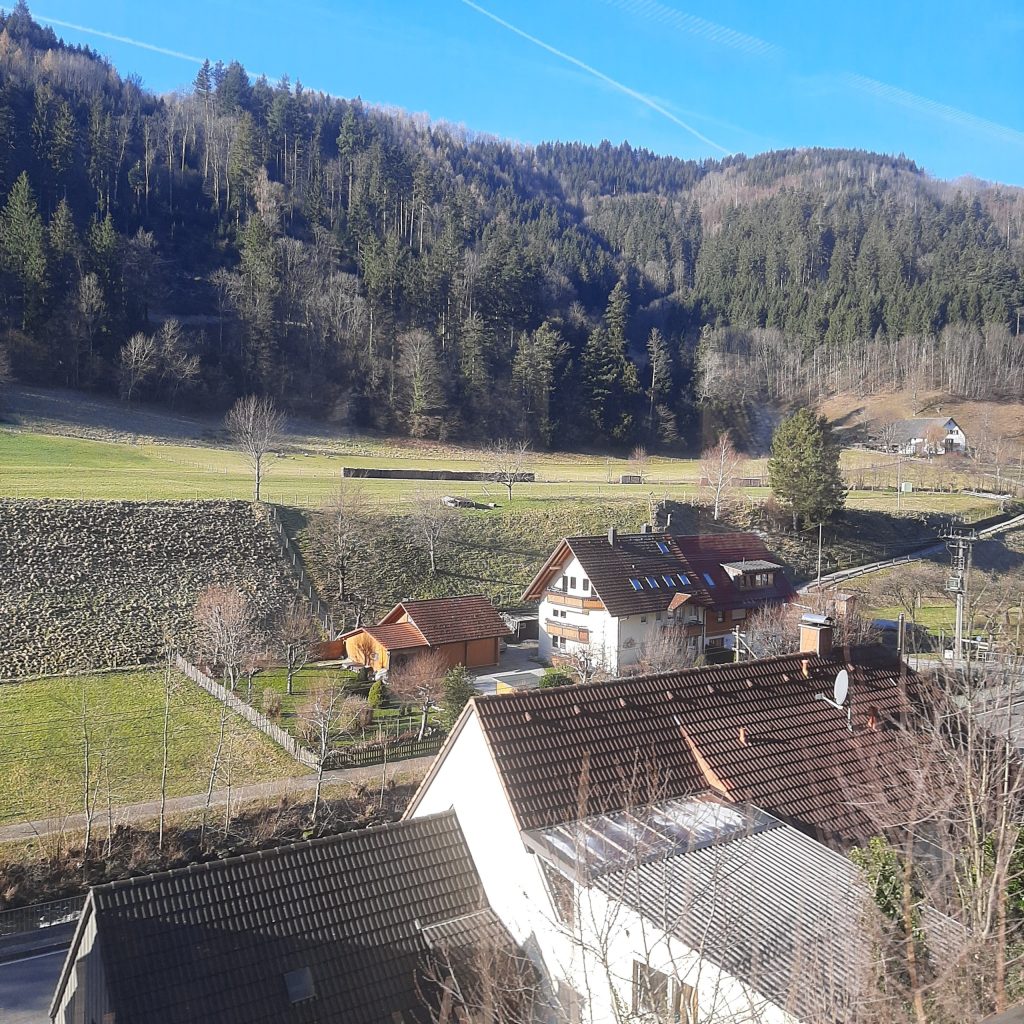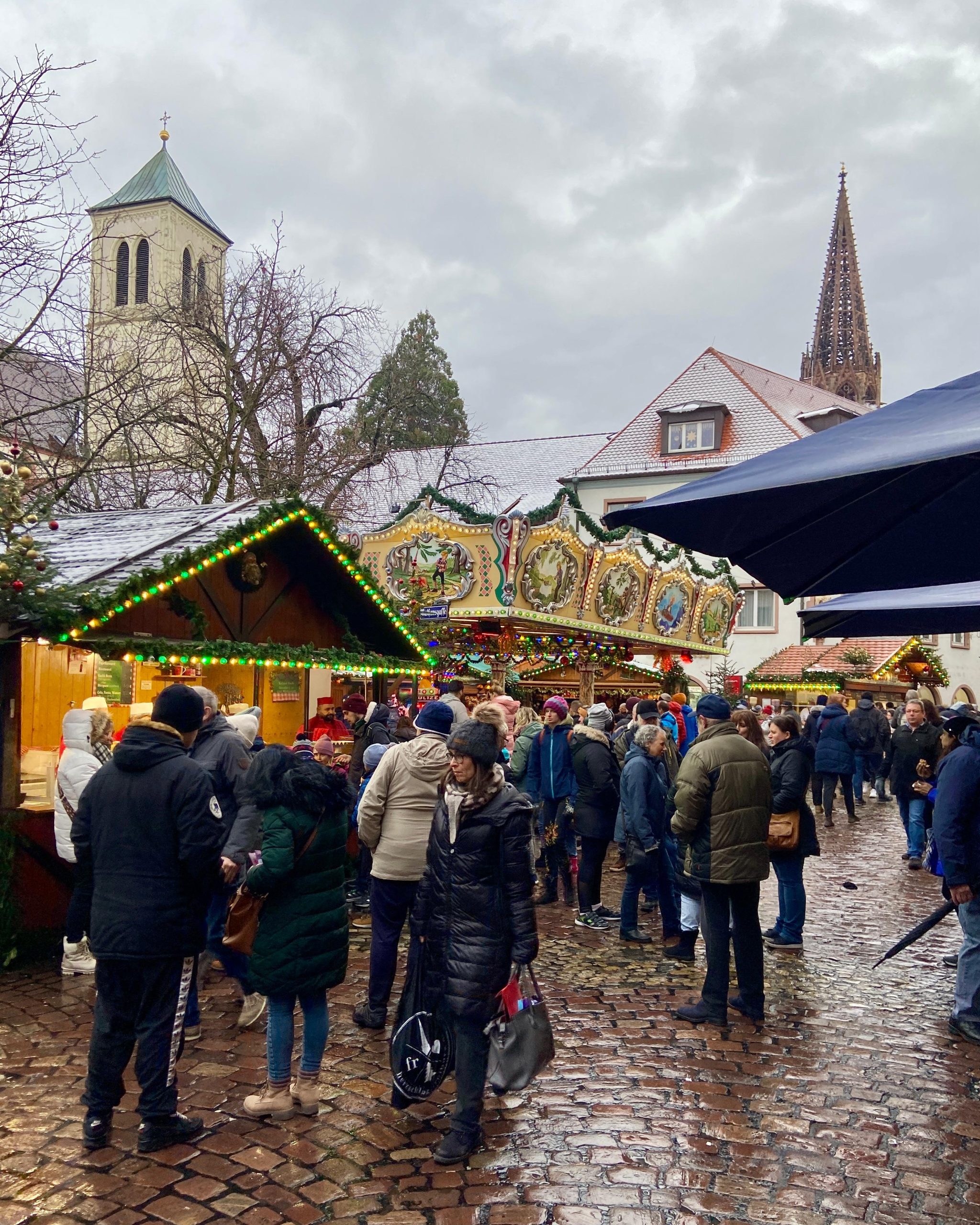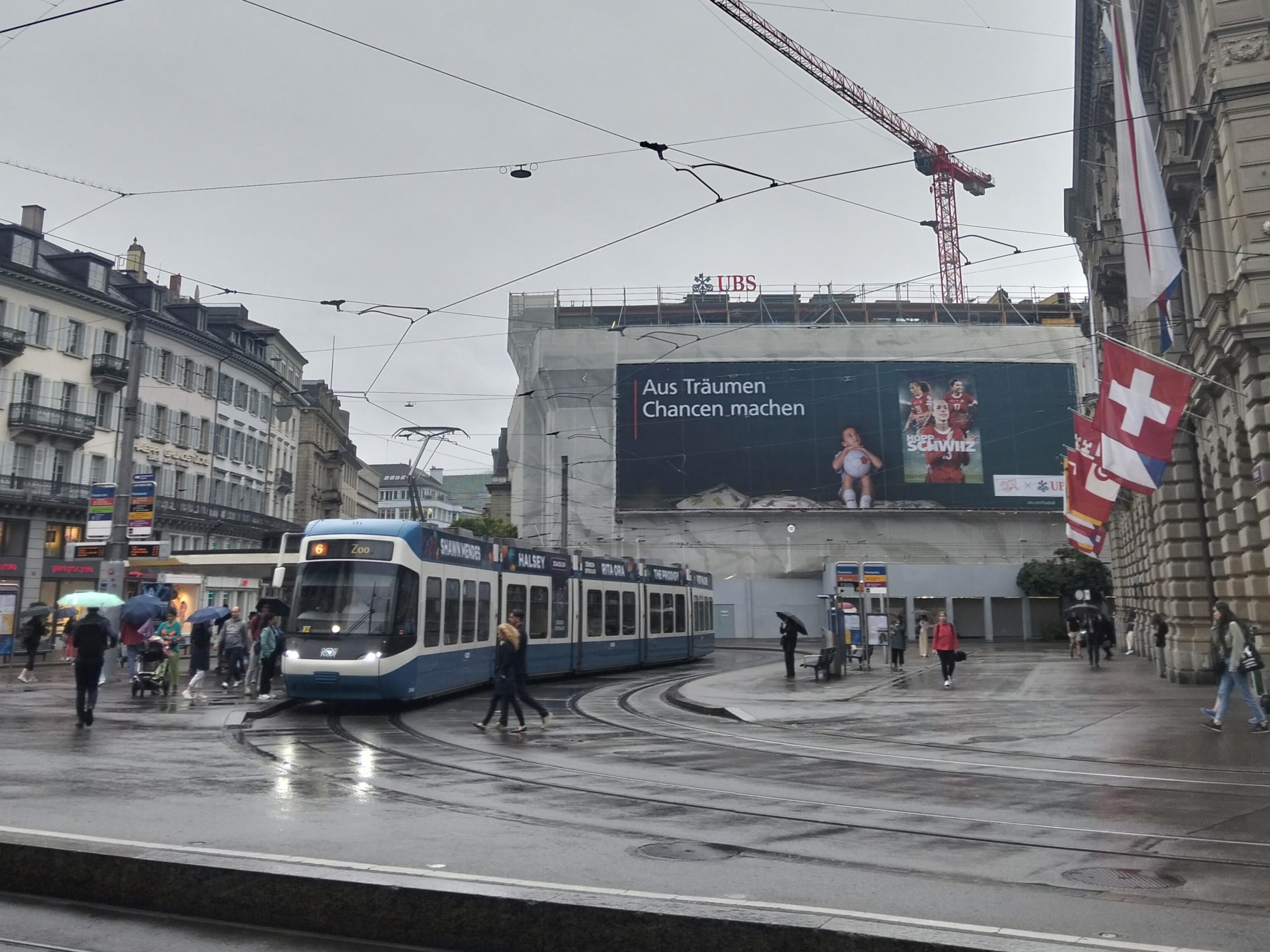In my short time diving into anthropology, I couldn’t reject the fact that ethnography is so powerful; it works wonders to unmask different realities of the world. To give you an idea, you can find me getting heartbroken as I read the challenges island communities face due to climate change (see Lazrus, 2012; Tacoli, 2009; Hartman, 2010), or me feeling empowered by I. Sobha’s findings (2007) on how women in third world countries are mainly innovative and the methods they used have been lasting and sustainable. No matter their age, pregnant or raising child, healthy or sick, these women still find a way to feed the animals on their farm or plough the field in order to feed their families. They are the sole breadwinner for the family no matter how distressing their conditions are. These are some of the reasons why I think these excellent raconteurs showed us that ethnography could take us from pages to places.
From what I understand, ethnography is the most optimal method to see the technicolor truths of human beings. However, during my odyssey in studying environmentally and socially friendly housing in Freiburg, Germany, I realized that there’s an important point that sometimes most ethnographers set aside: the connection between the researcher and the research participant that is often rendered invisible inside the ethnography. This is the time for us to ask ourselves, what happens beyond ethnographies? We should not just stand at the doorposts and “observe” them, extract their experiences, and write them down into ethnographies for the sake of itself.
You might be wondering how the boundaries acknowledge and repudiate the relationship between the researcher and research participant. For as long as I have been questing around, the relationship between these two parties is often distinct. In fact, research participants could have other connections with researchers. They could form into a father figure, an older sibling, or simply a good friend. For example, let’s take a quick peek at what I have been studying in Germany. My research participant could be shown up on the paper as a homeless person who presents himself as a pitiful man in search of money and security in the street. But, I see him as a responsible relative who sends remittance to his family in the Middle East through his harsh reality in Germany.
For me, revealing this connection means understanding them better and breaking the boundaries from what ethnography has created. What I have acknowledged, ethnography builds a tall glass window for us to observe from outside. As if ethnography placed research participants as “others”; they live in another realm, another realities, another world whereas the connections between us and the research participants are somehow overwhelming, sometimes heartbreaking, and in some ways endearing. These connections are what I think could remind us that their realities are overlapping with ours. They are as real as we are. These connections, to me, are details that are very important to be described in order to convey the same experiences from the ethnographers to readers.
Ethnography could be a rollercoaster ride. This ride could be validated by our revelation of the relationships between us and the research participants. I am writing this in order to remind myself that there is a long way to go to create ethnography that positions us as part of the society, not just strange observers who participate in their daily lives to get some knowledge from them, and eventually set boundaries with them in the form of “ethnography”.
Author: Inaka S. Kartika
References
Hartmann, B. (2010). Rethinking climate refugees and climate conflict: rhetoric, reality and the politics of policy discourse. Journal of International Development, 22, 233-246.
I. Sobha. (2007) Green Revolution: Impact on Gender. Journal of Human Ecology, 22:2, 107-113. DOI: 10.1080/09709274.2007.11906008
Lazrus, H. (2012). Sea Change: Island Communities and Climate Change. Annual Review of Anthropology, 41, 285–301. http://www.jstor.org/stable/23270712
Tacoli, C. (2009). Crisis or adaptation? Migration and climate change in a context of high mobility. Environment and Urbanization, 21, 513-25.




